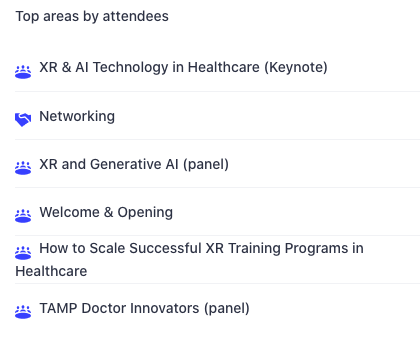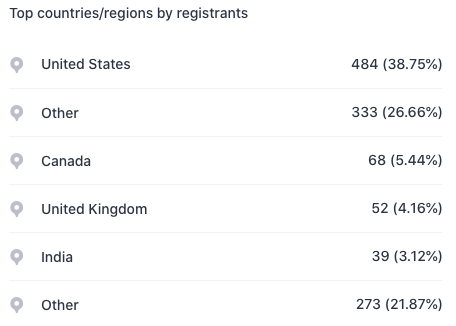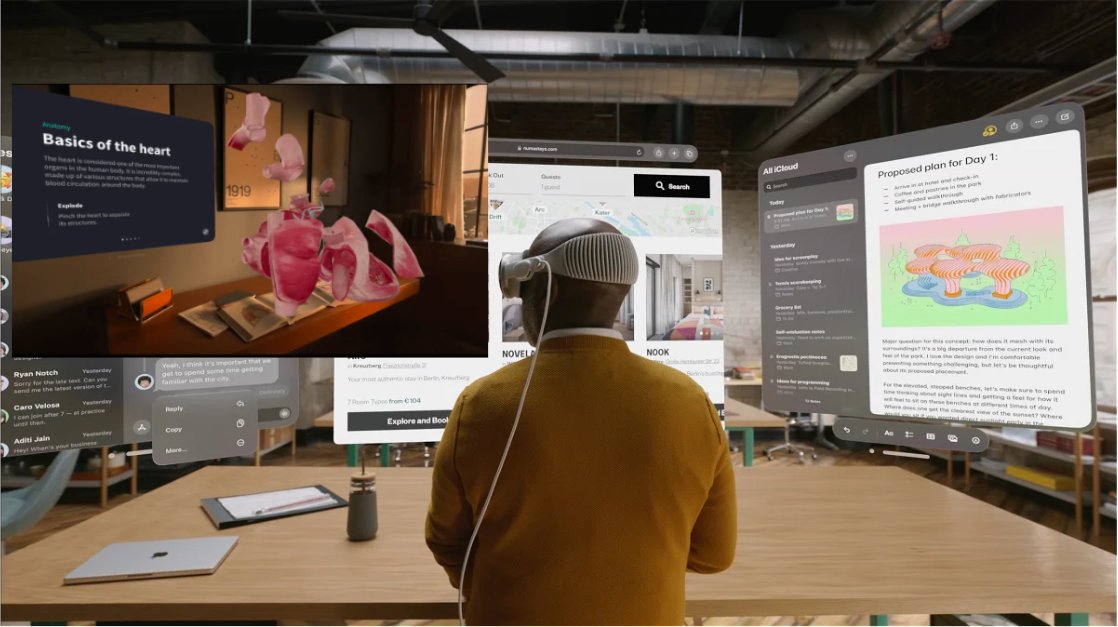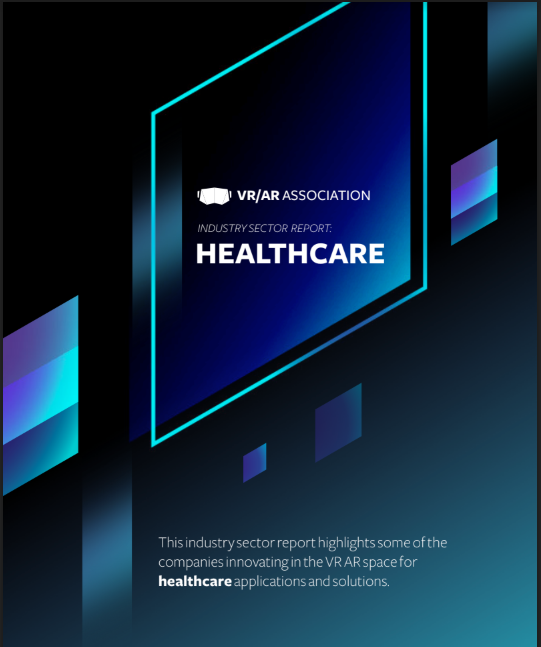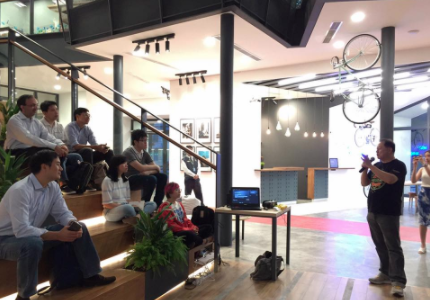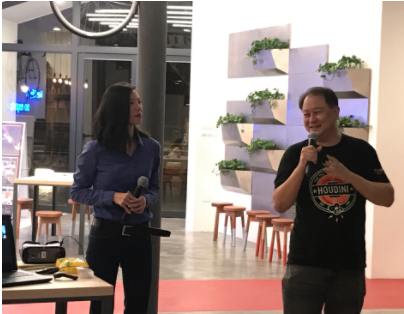Get ready for more healthcare innovations at our Immerse Global Summit in Orlando!
The VRARA Healthcare Forum Provided a Platform for Revolutionizing Healthcare Through Virtual and Augmented Reality
The VR/AR Association (VRARA) hosted it's annual Healthcare Forum, a virtual event comprised of health tech pioneers, industry experts, and healthcare professionals that are dedicated to advancing healthcare through the use of Virtual and Augmented Reality technologies, digital health, medical, and AI.
Our Forum 2023 had 45+ speakers and 1240+ attendees from Microsoft, Bloomberg, Magic Leap, Tel Aviv Medical Center, Merck, Thermo Fisher, Harvard, Edwards, MIT, NYU, CAE, Sony, Intel, Nebraska Medicine, Global Center for Health Security, NYC Health + Hospitals, Meta, Elsevier, Pfizer, National Institutes of Health (NIH), Mayo Clinic, SSM Health, PICO.
Top Speakers, Sessions included:
VR/AR & AI Technology in Healthcare - With Super Powers come greater Responsibilities - Rafael Grossmann, Surgeon, MD
How VR/AR and Generative AI will Impact the Future of Healthcare (panel) with Doug Hohulin, Harvey Castro Author of ChatGPT and Healthcare, and Denise Meade, Microsoft
VR/AR in Healthcare: How to Scale Successful VR/AR Training Programs by David Burch, ArborXR
TAMP Doctor Innovators (panel) with David Hall, CEO, TAMP and TAMP doctors from around the world
VRARA Healthcare Forum provided the healthcare industry with a unique opportunity to explore the benefits and applications of VR/AR technologies. These technologies offer innovative and immersive experiences that promote patient engagement, accelerate clinical trials, and enhance healthcare outcomes.
How VR and AR Technologies are Revolutionizing Healthcare
VR/AR technologies have brought about a myriad of changes in the healthcare industry. Some of the exciting ways the VR and AR technologies have revolutionized healthcare include:
1. Training Healthcare Professionals
VR and AR technologies offer a safe and immersive environment for training healthcare professionals. These technologies provide them the opportunity to hone their skills and practice managing complex medical scenarios in a realistic environment.
2. Enhanced Patient Experience
The immersive experience that VR provides can promote relaxation, reduce anxiety, and aid the rehabilitation of patients. AR technology can help provide patients with interactive and visual aids for better communication and understanding of their medical conditions.
3. Virtual Consultations and Checkups
VR and AR technologies are already being used for virtual consultations and checkups by healthcare providers. This technology enables physicians to conduct remote consultations and checkups with patients in different locations, thus reducing the time and cost associated with travel.
4. Improved Clinical Trials
Clinical trials are an integral part of developing new drugs and treatments for various medical conditions. VR and AR technologies have revolutionized this process by making it possible to conduct realistic and safe simulations using virtual patients, significantly reducing the time and costs of clinical trials.
The VRARA Healthcare Forum: A Platform for Revolutionizing Healthcare
The VRARA Healthcare Forum provided healthcare professionals, researchers, and industry experts with a platform to share their knowledge and insights on the use of VR and AR technologies in healthcare.
This forum brought together healthcare professionals, technology experts, and researchers from around the world to explore the vast potential of virtual and augmented reality technologies in healthcare.
By participating in the VRARA Healthcare Forum, individuals and organizations were able to:
Connect with like-minded individuals and organizations committed to advancing healthcare through VR and AR technologies.
Learn and share insights into the latest trends and developments in VR and AR technologies and how they apply to healthcare.
Access informative and actionable resources that support the application of VR and AR technologies in healthcare.
In conclusion, the VRARA Healthcare Forum was an invaluable opportunity for healthcare professionals, researchers, and industry experts to explore the potential of VR and AR technologies in healthcare. The forum offered a platform for individuals to share their knowledge, connect with like-minded individuals and organizations, and advance healthcare.
Thank you to our forum Sponsors!
Get ready for more healthcare innovations at our Immerse Global Summit in Orlando!

